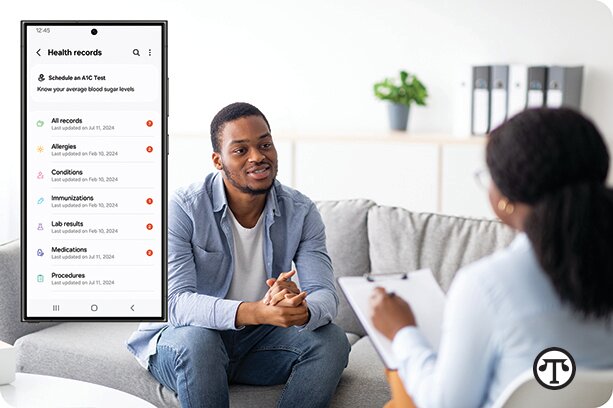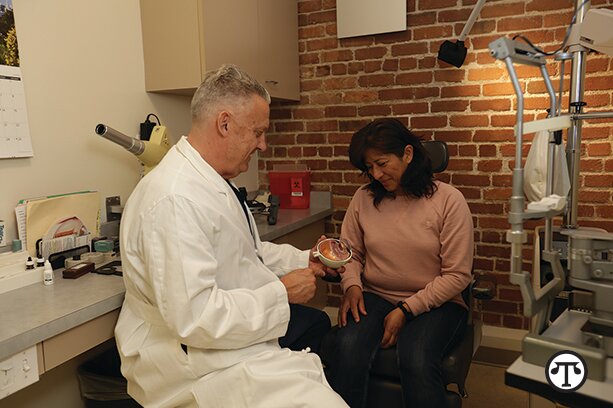FOR YOUR HEALTH: What are dual eligible special needs plans (D-SNPs)?
 You may be able to get more health care at less cost.
You may be able to get more health care at less cost.
(NAPSI)—Over 12.5 million Americans are eligible for both Medicare and Medicaid, but many don’t realize this and could be missing out on some valuable benefits. People who qualify for both health care programs can enroll in a type of Medicare Advantage plan called a Dual Eligible Special Needs Plan (D-SNP), offered by Aetna® and other health care companies.
D-SNPs work with your Medicare and Medicaid benefits to help you maximize your benefits. They provide all the traditional benefits of a Medicare Advantage health plan, while also offering added benefits, such as flexible allowances, which can help pay for healthy food and certain over-the-counter items. Depending on the state where you live, some additional benefits that come with an Aetna D-SNP may include:
• Dental, vision and hearing coverage
• $0 co-pays for covered Part D prescriptions at in-network pharmacies
• Extra Benefits Card with a monthly allowance to use on certain everyday expenses, like healthy foods and over-the-counter items, such as aspirin and bandages
• SilverSneakers® fitness membership
• Fresh meals home-delivered after a hospital stay
D-SNPs may also come with a personal care coordinator, who can help you find in-network doctors, arrange transportation and schedule appointments. They can also connect you with programs to help beyond health care services.
D-SNPs may help save you money. Most people pay little or no cost for their coverage. Covered Part D prescription drugs are available at no cost at in-network pharmacies, and doctors’ visits may also be fully covered at no cost to you.
If you qualify, a D-SNP can offer you more complete health care coverage so you can take charge of your health and access the care you need.
To enroll in an Aetna D-SNP plan, you must apply and prove that you meet the eligibility criteria, including having both Medicare and Medicaid. You will also be required to periodically prove that you continue to meet the plan’s requirements.
For more information about D-SNPs, call Aetna at 1-844-588-0041 (TTY: 711), 7 days a week, 8 AM to 8 PM. A licensed agent may answer your call. Or visit AetnaMedicare.com/DSNP.
Aetna Medicare is an HMO, PPO plan with a Medicare contract. Our D-SNPs also have contracts with State Medicaid programs. Enrollment in our plans depends on contract renewal. See Evidence of Coverage for a complete description of plan benefits, exclusions, limitations and conditions of coverage. Plan features and availability may vary by service area.



 By using a new app, you can take charge of your well-being, make more informed choices, and stay on top of your health with ease.
By using a new app, you can take charge of your well-being, make more informed choices, and stay on top of your health with ease. You can protect your baby even before he or she is born by getting vaccinated against RSV while pregnant.
You can protect your baby even before he or she is born by getting vaccinated against RSV while pregnant. If you struggle with mental health issues, a simple test can help your clinician if they are considering medication as a course of treatment.
If you struggle with mental health issues, a simple test can help your clinician if they are considering medication as a course of treatment. Once properly diagnosed, thyroid disease can be treated in many ways.
Once properly diagnosed, thyroid disease can be treated in many ways.
 As you set your 2025 goals, don’t forget one resolution that can transform every aspect of your health and happiness: better sleep. Rest isn’t just a luxury – it’s essential for achieving your wellness ambitions. This year, make restorative sleep the cornerstone of your resolutions.
As you set your 2025 goals, don’t forget one resolution that can transform every aspect of your health and happiness: better sleep. Rest isn’t just a luxury – it’s essential for achieving your wellness ambitions. This year, make restorative sleep the cornerstone of your resolutions. If you get COVID-19 or the flu, the faster you get proper treatment, the better your chances of a complete recovery.
If you get COVID-19 or the flu, the faster you get proper treatment, the better your chances of a complete recovery. If you have diabetes, it’s wise to have your eyes checked by an ophthalmologist to make sure they’re not affected by the disease.
If you have diabetes, it’s wise to have your eyes checked by an ophthalmologist to make sure they’re not affected by the disease.